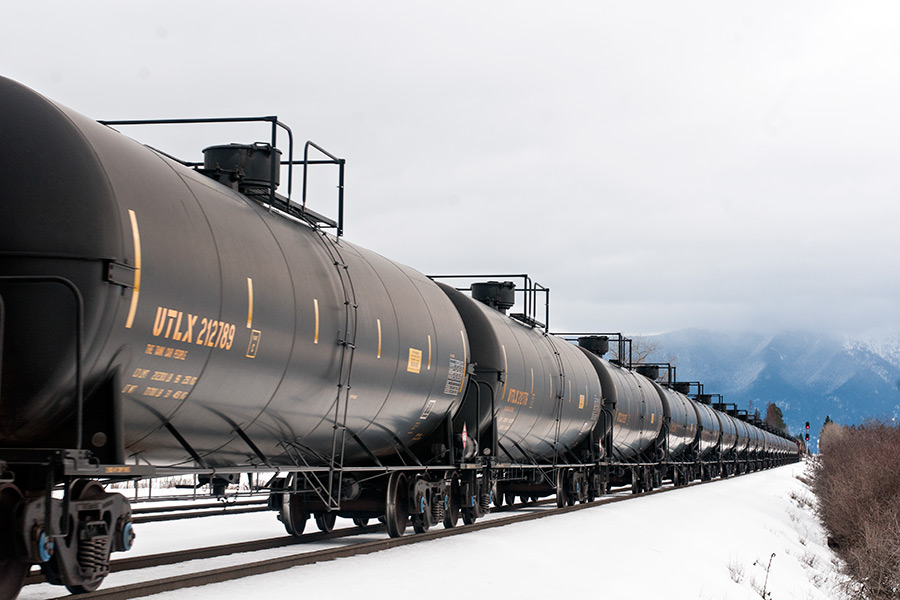The Montana Public Service Commission says there needs to be more people inspecting the state’s railroads but it’s not sure it should be the agency that oversees those duties.
The five-person commission met with railroad officials last week in Helena to discuss the PSC’s role in rail safety oversight. The Jan. 20 meeting – which included state and federal officials, as well as representatives from BNSF Railway, Montana Rail Link and Union Pacific – came after a legislative audit report criticized the PSC for not having a rail safety plan.
PSC Chairman Brad Johnson said 40 years ago, the utility-oversight commission was more involved with railroad safety but federal regulators took over most of those duties in the 1970s and 1980s. However, Montana’s utility commission still employs two railroad inspectors. Last week’s meeting was held to look at whether the PSC should create a rail safety plan, similar to other states.
“The commission is absolutely willing and able to do whatever the Legislature wants us to do, as long as we have a mandate and the resources,” he said during an interview with the Beacon. “We’re not saying we don’t want to do rail safety oversight. We just need the tools to do it.”
The two state railroad inspectors also split their time overseeing surface transportation, including garbage haulers and taxi companies. Johnson said he believes four full-time railroad inspectors and a supervisor would be ideal. In comparison, Oregon has 11 inspectors, Washington has nine, Idaho has two and North Dakota has one and a half.
The FRA and the railroads also have inspectors. During the meeting, BNSF spokesperson Matt Jones noted that railroad has 45 fulltime track inspectors in the state and that the railroad frequently shares information with government officials.
“Safety is the most important thing we do every single day to ensure that every single man and woman who works for us gets home and that we safely move freight through every community we serve,” Jones said.
Last week, Johnson suggested that the Montana Department of Transportation could assume rail safety oversight, but a spokesperson for that agency told the Associated Press that it’s more focused on building and maintaining infrastructure. In the coming months, the commission will discuss its role in rail safety and Johnson said he hopes the Legislature can formally address its role during the 2017 session.
“I can’t predict what direction these discussions will take but they will shape what is taken to the Legislature next year,” he said. “We’re committed to having legislation brought forward in 2017.”
Rail safety has taken center stage in recent years as the amount of crude oil freight railroads haul increases. According to information released by the state of Montana, BNSF moves 10 to 18 oil trains through the Flathead Valley every week.
